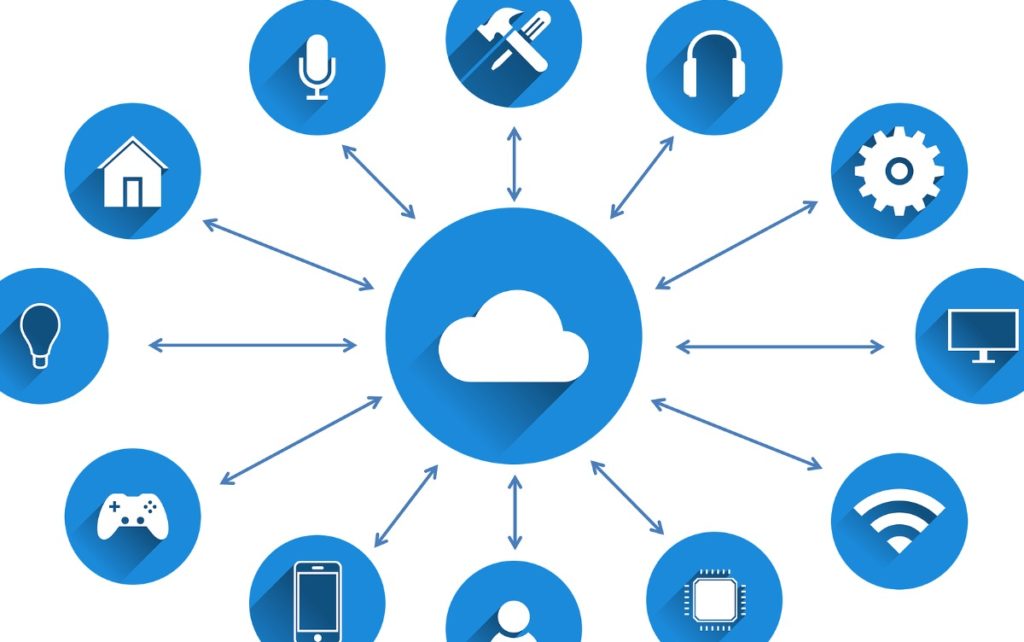
How IoT will develop in 2021
As is happening in most technology sectors, the Internet of Things (IoT) market has suffered a decline in 2020 due to the effects of the pandemic. Still, experts are optimistic, predicting that the market will grow again in 2021, with industry revenues forecast to enjoy a positive growth rate between 2020 and 2024. The healthcare, insurance and medical industries Education will provide the biggest gains in the Internet of Things market, along with the mass consumer market due to the trend towards new technologies due to the impasse we have found ourselves in due to confinement.
The most relevant countries in terms of the Internet of Things are China, the United States and some countries in Western Europe, these three regions represent approximately three-quarters of global spending on IoT that is expected to occur in the period between 2020 and 2024. In addition, these countries generate a large amount of income thanks to companies that together are significant in the Internet of Things, making them the most important regions in the entire world market. IDC China noted that the COVID-19 epidemic has caused significant disruption to China’s Internet of Things market, especially in the supply chain, manufacturing and distribution sectors, leading to delays, although it expects a significant reduction in the cost of the Internet of Things across all industries and use cases by early 2021. The Chinese market foresees a recovery in the years to come as businesses understand the vital role of the Internet of Things in matters as important today as the prevention and control of epidemics, in addition to the capabilities of the IoT to smooth market disruptions.
Diversity in connectivity
The wide variety of connectivity options available for networking Internet of Things devices is, to some extent, hampering the industry’s progress. There are many connectivity options for these types of devices, depending on the devices and systems, companies will choose between some options or others: low consumption options, Bluetooth, varieties of 5G, WiFi and even satellite.
This IoT connection landscape will slow down the adoption of 5G and WiFi, causing some of the business investments that need to be directed to these technologies to shift to satellite and other low-power options, which may be more interesting depending on your needs with the increasing prevalence of basic connectivity, especially in areas such as predictive maintenance and business as a service.
Europe’s role in the IoT
Spending on IoT in the retail market will increase between 2020 and 2025, it is expected that at the end of this period the business volume related to the IoT will be more than double compared to 2020. European retail will be essential for the popularization of this technology in the next five years, and active connections will increase. The key to this growth are services, which solve exchange and data transfer needs and improve the customer experience.
Another sector that will see a large increase in IoT applications and their benefits will be the Industrial IoT market. The factors driving the use of IoT technology in the industrial sector are technical advances in electronic devices and semiconductors, the increased use of cloud platforms, the standardization of IPv5, and the support that countries provide to R&D activities linked to industrial IoT. In addition to Germany and the United Kingdom in Europe, other countries such as China, the United States or India, have encouraged their companies to invest in the adoption of this type of solution. The manufacturing vertical is the most advanced in the use of this technology, but the greatest growth in demand during the forecast period may occur in the agricultural sector.
The future of IOT and connected objects
Not even experts and analysts in this field can agree on the number of connected objects currently and those that will be in 2025, but it is not risky to predict that startup projects in IoT will attract greater interest from investors in the short term. In fact, it is estimated that in 2021 investment in innovation involving the Internet of Things could exceed one billion euros.




